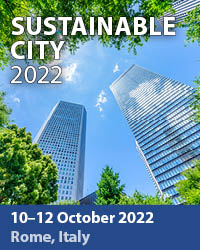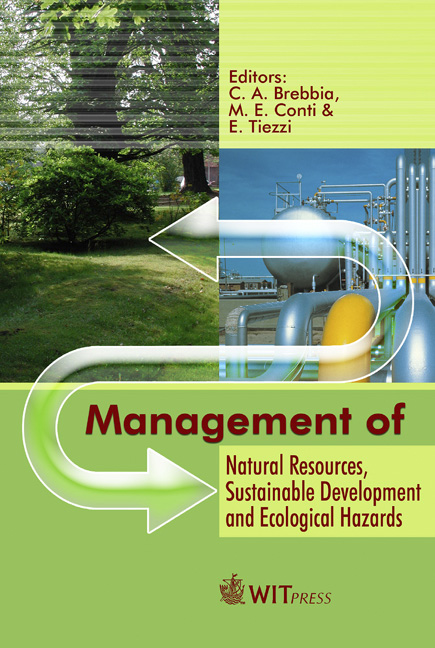Separation Of Salt And Sweet Waters In An Area Of Former Mines
Price
Free (open access)
Transaction
Volume
99
Pages
10
Published
2006
Size
919 kb
Paper DOI
10.2495/RAV060531
Copyright
WIT Press
Author(s)
P. P. Prochazka & V. Dolezel
Abstract
In old deep abandoned mines, the problem of separation of the layers of a different nature needs to be solved. The problem discussed in this paper relates to mines situated near Prague, capital of the Czech Republic and is concerned with a separation of two kinds of underground water, one being salt (saline) and the other sweet (fresh) water. The layer of the sweet water is positioned at approximately 200 m below the surface, then there was originally a layer of watertight clay (hydrogeological insulator) and from some 300 m downwards, salt water occurs. A problem arose when the shafts, at a depth of 1000 m, have been abandoned due to canceling the mine workings. During mining, pumps were used and no permeability was enabled. Since the mining has stopped, there is no reason to continue pumping and the danger of mixing both kinds of water has occurred. It was decided, in order not to damage the sweet water which is also used for wells and subsoil irrigation, that a stopper should be added into the clay layers to suppress any possibility of mixing both kinds of water. The problem then was oriented to answer several questions. One of the most important that was put forward was on the relationship between permeability coefficients and the thickness of the stopper. Another one was concerned with the optimization of expenses involving the required permeability, expressed in terms of economic indicators, the thickness depending on expenses, etc. As a numerical model has been prepared and it was necessary to feed it by reasonable input data, a scale model from physically equivalent materials was created and tested. The mutual influence of both models, mathematical and experimental, offered a very powerful tool for well-prepared reports on how the stopper should be constructed. Keywords: scale modeling, boundary element method, leakage problem.
Keywords
scale modeling, boundary element method, leakage problem.





